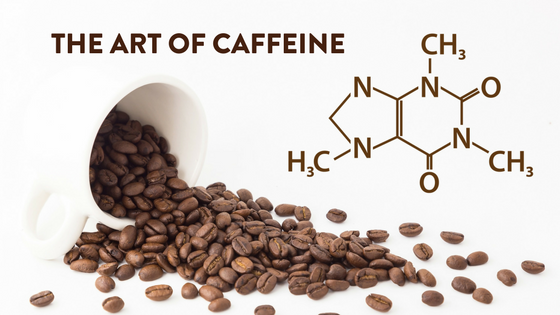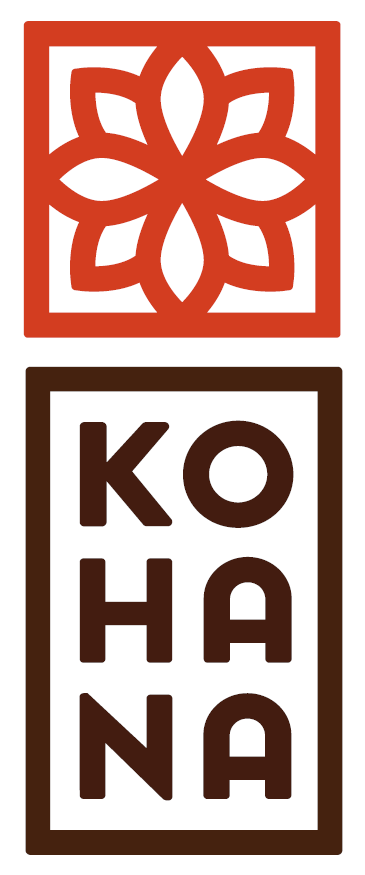
There are lots of reasons we prefer coffee. It’s indescribably delicious, simple to summon, and can be dressed up in all kinds of ways for an equally expansive variety of occasions. And did we mention it comes with a helpful helping of caffeine?
Because let’s be honest: We drink it for taste. We drink it for fun. We drink it to warm up or to cool down. But we also drink it to give our bodies and our brains a boost. And depending on how your day is going, this gift of caffeine may be the biggest coffee gives.
Which brings us to today’s question: how to maximize your own coffee’s caffeine content for those moments when you need it most. These tips will give you a bigger bang for your cup:
- Use a light roast. Darker roasts are longer roasts, and the longer a bean roasts, the more of its caffeine is burned off by heat.
- Grind fine. A finer grind means more total bean surface area for your water to work its extraction magic upon. And more extraction means more bounce in your brew. Assuming your other variables remain the same—the amount of coffee used, your brewing time, and water quantity—a finer grind will produce a more highly caffeinated cup.
- Brew stronger. All other things being equal, the greater your grounds-to-water ratio, the higher the caffeine levels in the resulting coffee. It makes sense: more coffee essence per cup means more caffeine, too. But stronger coffee isn’t everyone’s cup of tea. You’ll have to experiment to find your own limits.
- Brew longer. The longer grounds are in contact with water, the more caffeine that water will be able to extract. This is why espresso, despite common perceptions, can’t compete with regular coffee when it comes to caffeine—it brews in seconds vs. minutes.
- Take your temperature. Maximum caffeine production occurs between 195° and 205° That’s bringing water to a boil and then letting it sit for a few moments. The problem? Drip coffee machines usually only reach about 195° and can’t give you your money’s worth. A caffeine emergency calls for better control over your water’s temperature.
- Go French. Press, that is. With a French Press you can control all of the above variables and produce a higher wattage result. The only drawback is grind. French presses like it coarse, and that’s not ideal where caffeine extraction is concerned. However, you can get away with a finer grind by using a double or triple layer screen or even filtering your coffee through a paper filter.
These strategies will brew a bigger buzz. But there’s more to it. Next time, we’ll talk about making the most of all the caffeination you’ve just created.
